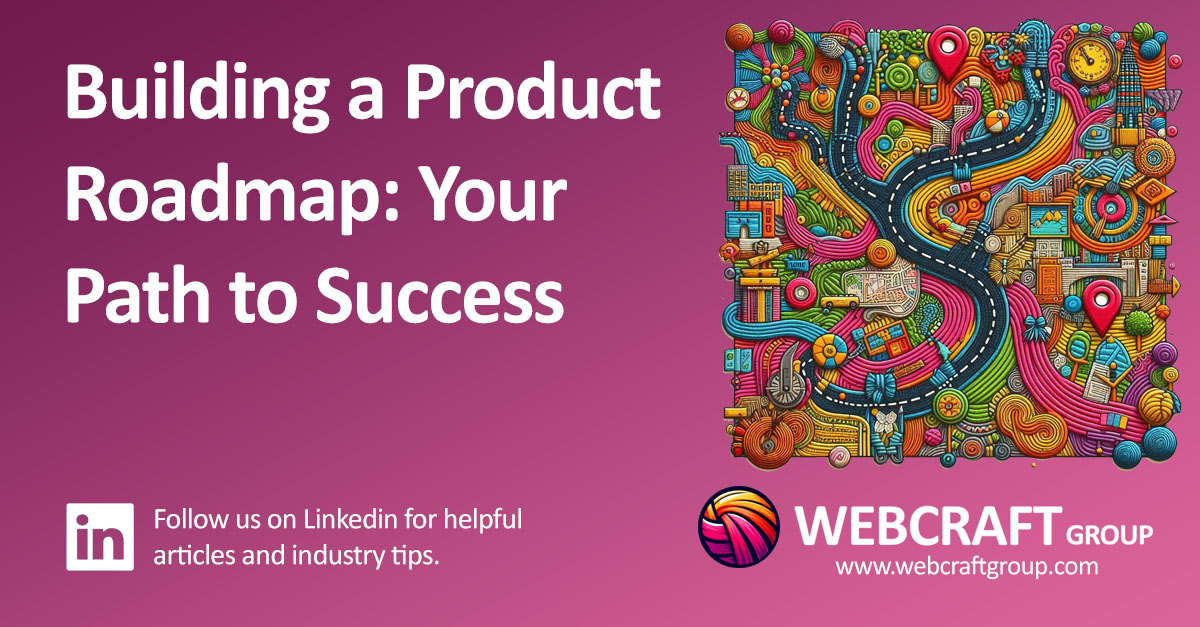Think of a roadmap as a visual guide to your product’s journey. It aligns your team, keeps stakeholders informed, and helps you tackle challenges with a clear plan. Without it, you’re like a pirate without a compass—adventurous, sure, but probably lost.
Step 1: Start With Your Vision
Your roadmap begins with your product’s vision—its “reason for being.” Ask yourself:
- What problem does this product solve?
- Who will use it?
- What’s its unique edge?
Write down your answers and let them shape every decision moving forward.
Step 2: Outline Your Goals
Goals are the heart of your roadmap. They give you direction and something to measure success by. Keep them specific, measurable, and achievable.
Example:
- Short-term goal: Launch MVP (Minimum Viable Product) within six months.
- Long-term goal: Reach 10,000 active users by Year 2.
Step 3: Prioritize Features
Next, list all the features you’d like your product to have. Then, sort them into buckets:
- Must-Haves: Features essential to solving the problem.
- Nice-to-Haves: Enhancements that could wait for future updates.
- Dream Big: Ambitious features you’d add if time and resources weren’t an issue.
Prioritizing keeps your team focused and prevents scope creep.
Step 4: Break It Into Phases
Now it’s time to structure your roadmap into phases. For instance:
- Phase 1: Core functionality (MVP development).
- Phase 2: User testing and feedback iteration.
- Phase 3: Scaling and performance optimization.
- Phase 4: Launching new features based on user needs.
Each phase builds upon the last, ensuring steady progress.
Step 5: Add Timelines (but Stay Flexible)
Set realistic deadlines for each phase or milestone, but leave room for the unexpected. Development can be unpredictable, and adaptability is key to staying on track without burning out.
Step 6: Communication Is Key
A roadmap isn’t a static document—it’s a living guide. Regularly update your team and stakeholders to keep everyone on the same page. Transparency fosters trust and ensures alignment.
Pro Tip: Tools for Roadmapping
There’s no shortage of tools to create and share your roadmap! Popular options include:
- Trello: For visually organizing tasks and phases.
- Jira: Ideal for more complex product management.
- Figma: Great for collaborative visual design.
Creating a product roadmap might seem daunting, but it’s all about breaking it into manageable steps. Stay true to your vision, embrace collaboration, and treat your roadmap as a guide—not a rigid rulebook. The journey of building something awesome starts here!

